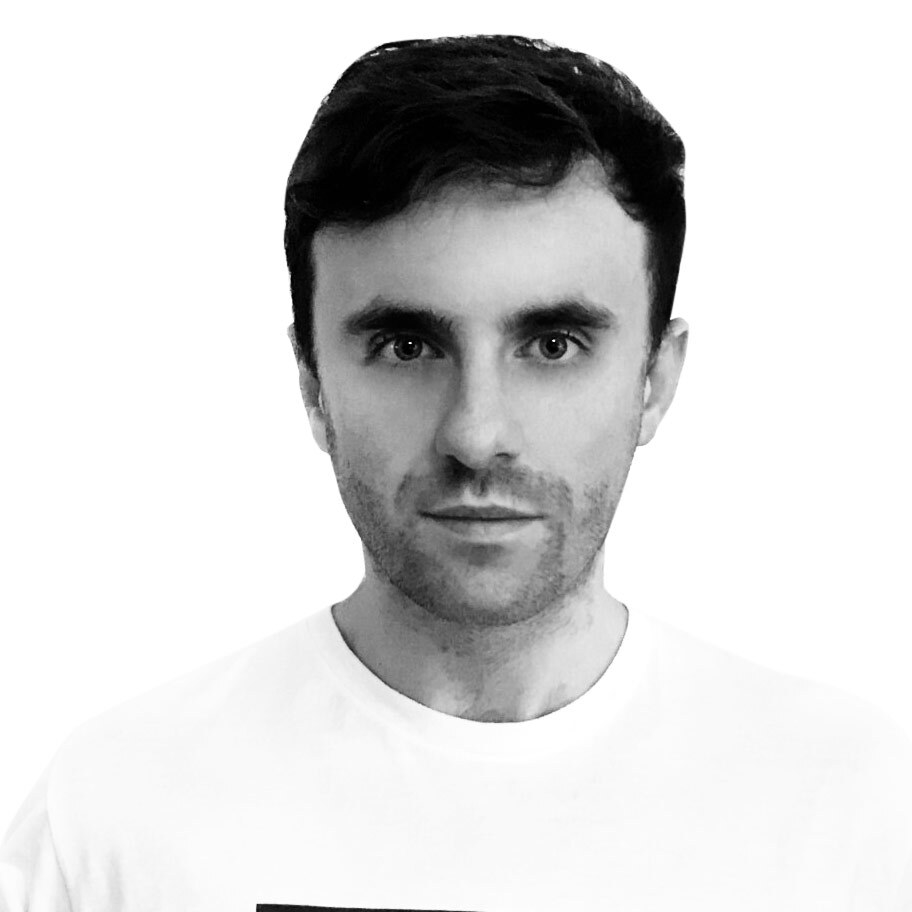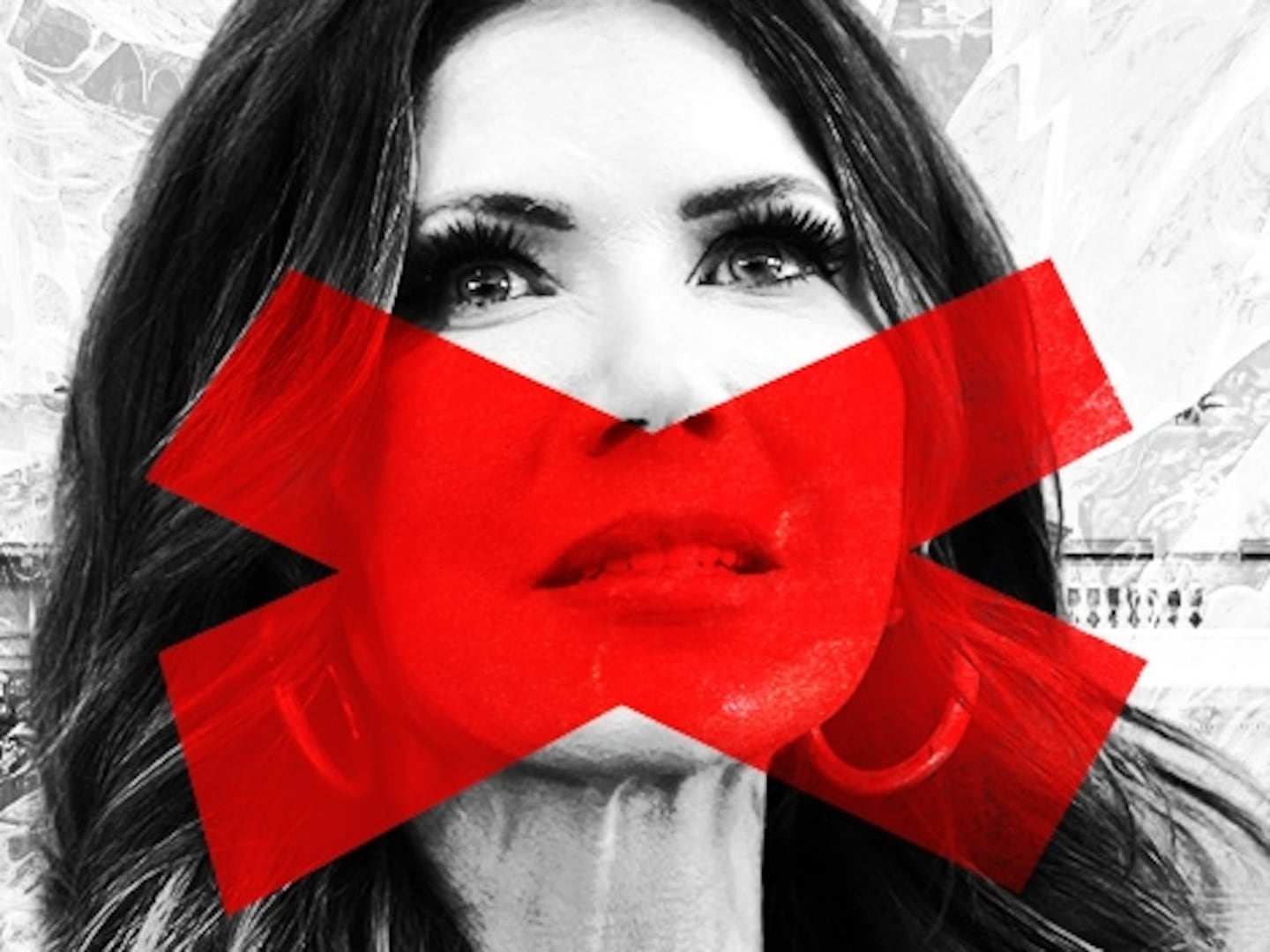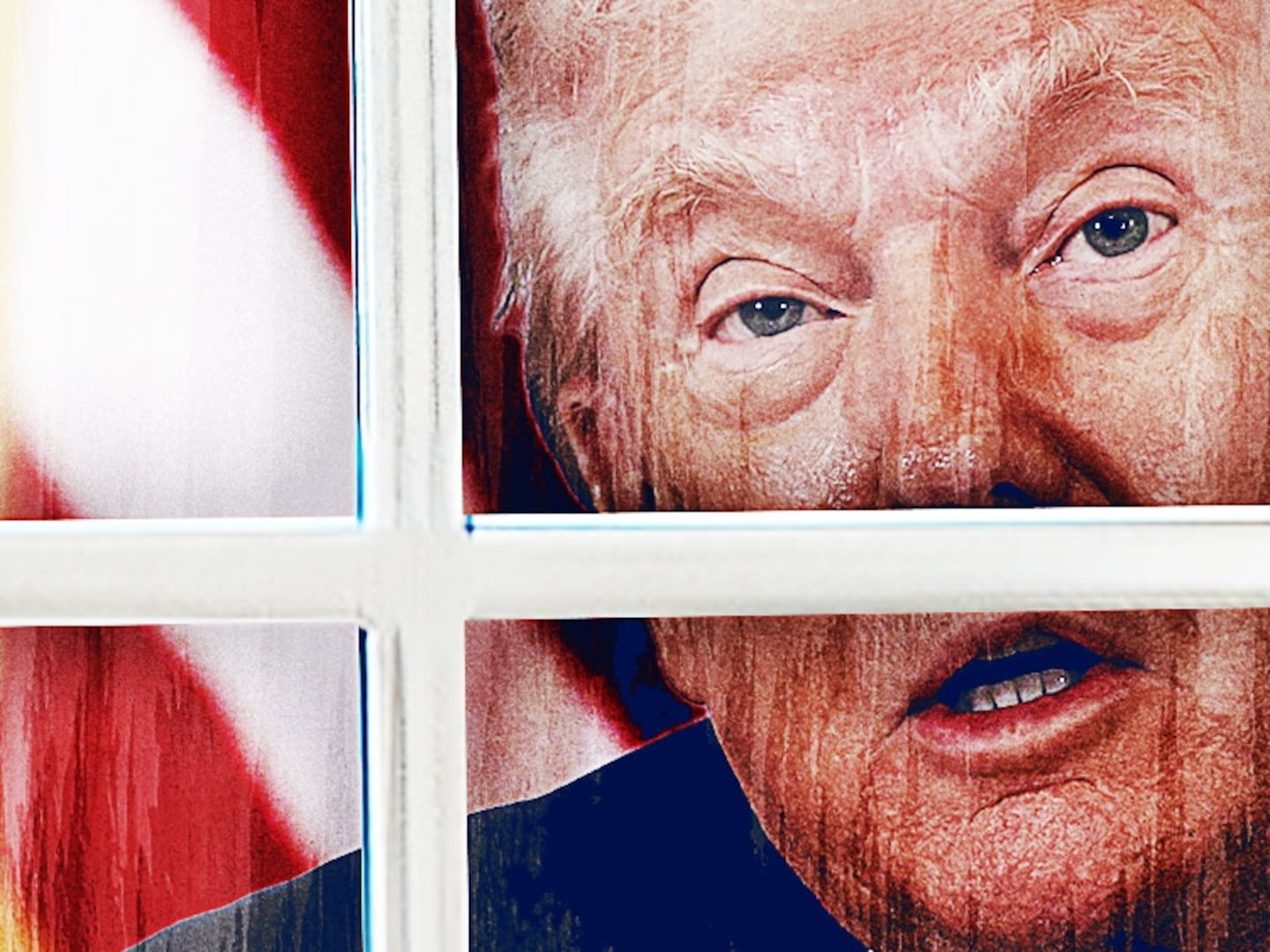This time last year, Real Housewives of Orange County star Braunwyn Windham-Burke was in the same state as a lot of people: denial. Days later, the long-running show that launched Bravo’s Real Housewives juggernaut would suddenly suspend filming. “We got a phone call and our producer said ‘production has to be out of your house by 5 p.m.,’” she remembers. “We’re going dark.”
Coronavirus quickly made the world grind to a halt. The initial two-week break turned into four months and the cast were taught to Zoom and self film so they could continue documenting their lives. “Our fundamental challenge mirrored that of society’s on the whole,” remembers Alex Baskin, the show’s executive producer. “We had to figure out how to run our business—in this case, production—while adhering to the strictest principles of safety and responsibility.” For the cast and crew, “rigorous protocols” were introduced, which were vetted by a number of advisers and consultants. These were “fluid,” Baskin says, based on regulations and the latest expert advice.
Other reality TV shows also had to adapt quickly. Contestants on Big Brother Germany and Canada, who had been isolated from the outside world for months, were told about the pandemic weeks later. These shows would come to an abrupt end, but Big Brother Brazil kept filming and ratings boomed in lockdown. American Idol singers recorded Zoom auditions and Bravolebrities self-recorded confessionals. Vanderpump Rules filmed its reunion episodes remotely, with its cast of restaurant workers discussing how California’s shutdown was affecting their lives. “Bubbles” and testing were introduced to allow shows like Big Brother USA, Keeping up with the Kardashians, Dancing with the Stars and Love Island to film. In the U.K., I’m a Celebrity Get Me Out of Here! was moved from the Australian jungle to a castle in Wales. Shows starring Gordon Ramsay and Bear Grylls moved filming to Iceland, while The Great British Baking Show’s 120 cast and crew members lived in a “self-contained biosphere” for six weeks to film safely.
COVID-19 is the most seismic global event in living memory, which means it’s also the biggest thing that's happened since reality television became a cultural phenomenon. Re-living the shutdown through the Real Housewives of Orange County, it became clear that the medium had reached a new gear. When we're literally living through history, reality TV isn't just entertainment—it can be a powerful form of historical and cultural archiving.
We saw the women of the O.C. settle into a “new normal.” Braunwyn, a mother of seven, was filmed trying (and failing) to work her laundry machines, as her housekeeper and nanny stayed home. She also self-filmed her experience with recovery from alcohol addiction in quarantine. “Viewers saw me newly sober, in a global pandemic, without any help. And it wasn't pretty,” she admits. “But I’m so grateful I got to get sober on TV, because the accountability to the viewers is what has kept me sober through the pandemic.”
Several of the cast battled the virus themselves. Yet some still speculated that the threat was being exaggerated by “big pharma” to sell vaccines. Others admitted they weren’t sure whether to trust the media or politicians to give them accurate information. Braunwyn thinks some of the less informed attitudes are indicative of Newport Beach, the O.C. area where most of the show’s women live: “It's a very conservative area. A very privileged area, which didn’t really take coronavirus seriously.”
The truth is that lots of people haven’t taken the virus seriously. These episodes are a time capsule of the conversations lots of people were having, particularly at the beginning of the pandemic. Baskin thinks it’s illuminating to reflect on the basic knowledge that we now take for granted: “None of us knew what was happening, or what was going to happen in the world. Back in the early days of COVID-19, we were struggling to process the world shutting down—and in the long run what it might mean for all of us.”
The idea of creating a TV show at this time that didn’t capture these conversations was never in question, he says. “While [Real Housewives of Orange County] is an escapist show, it exists very much in the real world. Not covering the conditions of 2020 would’ve meant creating a parallel universe.” Yet considering that the wealthy stars of the show often feel far removed from the “real world,” it turned out to be a surprisingly relatable vehicle to capture the chaos of the pandemic. “Reality TV is about real people—vulnerable and flawed—opening up their lives. The power of unscripted TV is the authenticity of it, so we tried to embrace that fundamental tenet.”
RuPaul’s Drag Race UK is another show that storylined the impact of quarantine on its stars. The first half of season two was filmed prior to the U.K.’s first national lockdown, before a seven-month break due to COVID restrictions. When the show returned, the impact lockdown had on contestants’ mental health and finances was a hot topic. The BBC also created a special episode, ‘Queens of Lockdown,’ where the queens gave an all-access look at their quarantine home lives, their professional struggles, their emotional highs and lows and how they got ready to return to the competition.
Tia Kofi, a contestant on the show who filmed before and after the lengthy production break, remembers that lockdown was a huge adjustment. “Drag is my full-time job. So as soon as all the bars and venues were closed, there was no income,” she explains. “There was very little money to spend on rent and food, let alone upgrading any of my looks for the competition.” Filming a reality show in 2020 with changing safety rules was a “rollercoaster.” The cast went from one abnormal environment (filming a reality show for the first time), to a completely dystopian and unknown situation (a pandemic and a seven-month break), then back into an environment that was even stranger than it was before (filming the second half of the show under COVID safety rules).
Tia is glad the struggles drag performers went through in lockdown were highlighted on the show. “It was the right thing to have that conversation. And to let people know they're not alone in struggling during this time.” Aired during Britain’s third national lockdown, Drag Race UK underlined the fact that the future of queer venues—where drag lives beyond the TV screen and Instagram—is uncertain. “The show reminded people that, once this is all over, it’s really important that we all go back and support the UK’s queer venues to keep them open,” she says. “We've already seen some have to close because of the impact of the pandemic.”
Segments like this have made reality shows seem more relevant and relatable. But before COVID, it felt like the genre was on a steady trajectory in the opposite direction. In an era where we can watch famous people fighting on Twitter and see inside their homes on Instagram, “unscripted” shows were increasingly opting for an exaggerated, edited version of reality. The Kardashians, who arrived as the “relatable” first family of reality TV and will end their show later this year as billionaire mega-influencers, represent the shift away from fly-on-the-wall to a more distant, filtered, and monetizable end product.
Pre-COVID, we’d become accustomed to watching people behave in a way that’s more dramatic, emotional and glamorous than our own lives—on TV and now social media—while going along with the pretense that it’s mostly real. But COVID brought the fourth wall tumbling down, taking what had begun to feel like the standard reality TV formula with it. Fans became much more aware that reality stars were “filming a show”—and loved peeking at the mess behind the curtain.
So what happens now that reality TV has been outdone by reality? After all, not even the most overproduced reality show could hope to match 2020 in terms of plot twists. Braunwyn hopes for a return to the medium’s origins. “I really think that people want the ‘real’—it's how Housewives started,” she says. “If you go back to Season 1 of Real Housewives of Orange County, it was real women leading real lives. It's become almost produced a lot of times by the women on it.” It doesn’t feel like a coincidence that the early seasons of Orange County that Braunwyn feels nostalgic for followed the wives as they grappled with another global crisis: the economic crash of 2007-2008. Like many viewers across America, cast members lost businesses, homes and marriages as the economy slumped. Eviction notices were even served as the cameras rolled. The perception of a shared experience created a closeness between the watcher and the watched.
While it’s too early to tell if the pandemic will result in any changes to reality TV in the long-term, it does feel like we’re now at a crossroads. Reality TV can continue down the safe route (ratings-wise) of executive-produced conflict and drunken dramatics, because there will always be people willing to play a character on TV in return for fame, followers and money. Or it can lean into what’s really going on in peoples’ lives and channel the more intimate style of television that first got people hooked on the genre. It’s less formulaic and harder to get right, but as we saw this year, the end result is more engaging and the ethical waters feel less murky (if still far from clear).
Looking beyond the pandemic, Braunwyn is optimistic that a shift is on the horizon: “If we can go back to the heart of what reality TV really is, which is a glimpse into peoples’ lives, then I think that there’s a lot of good that can still come from it.”







